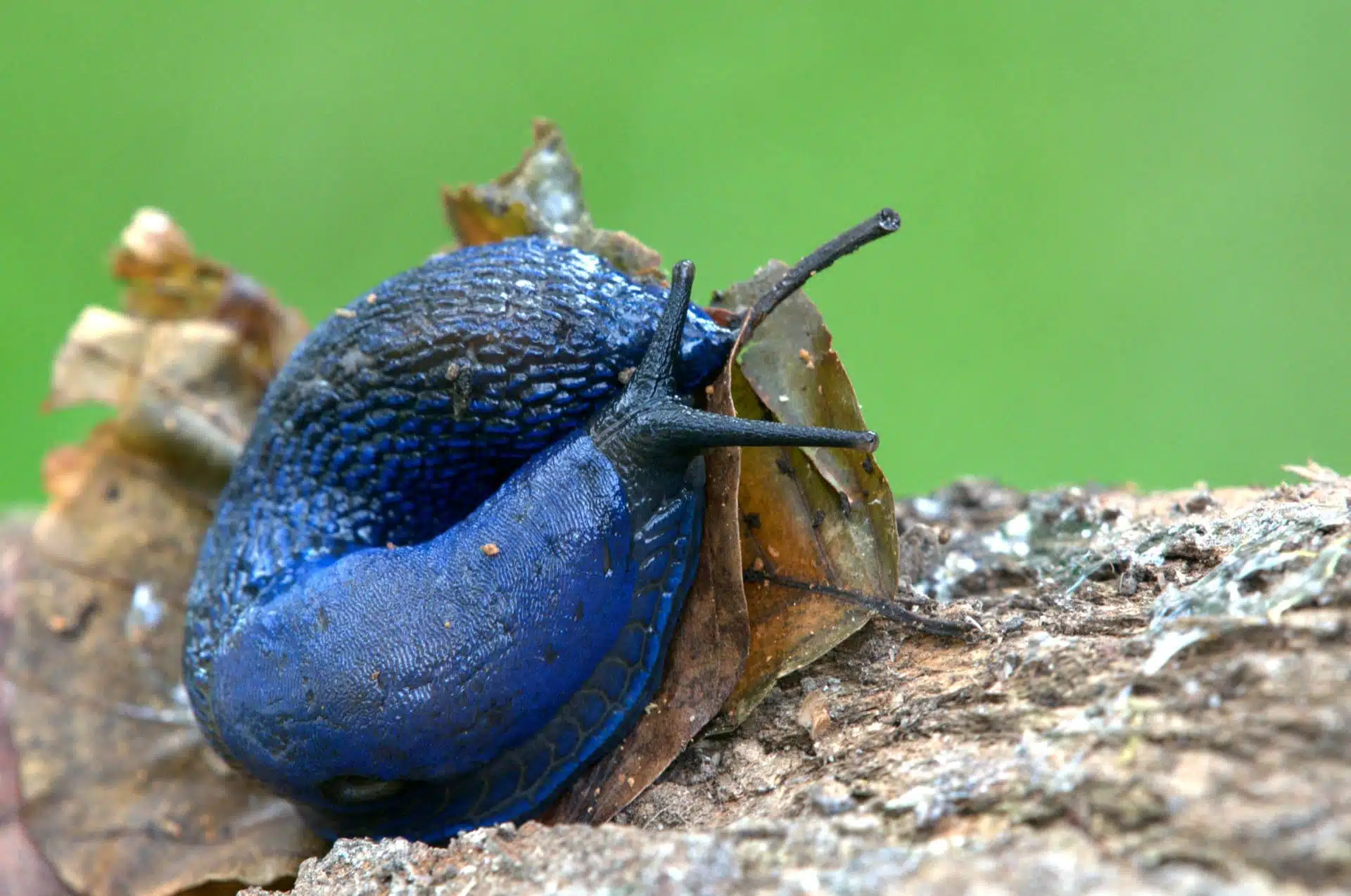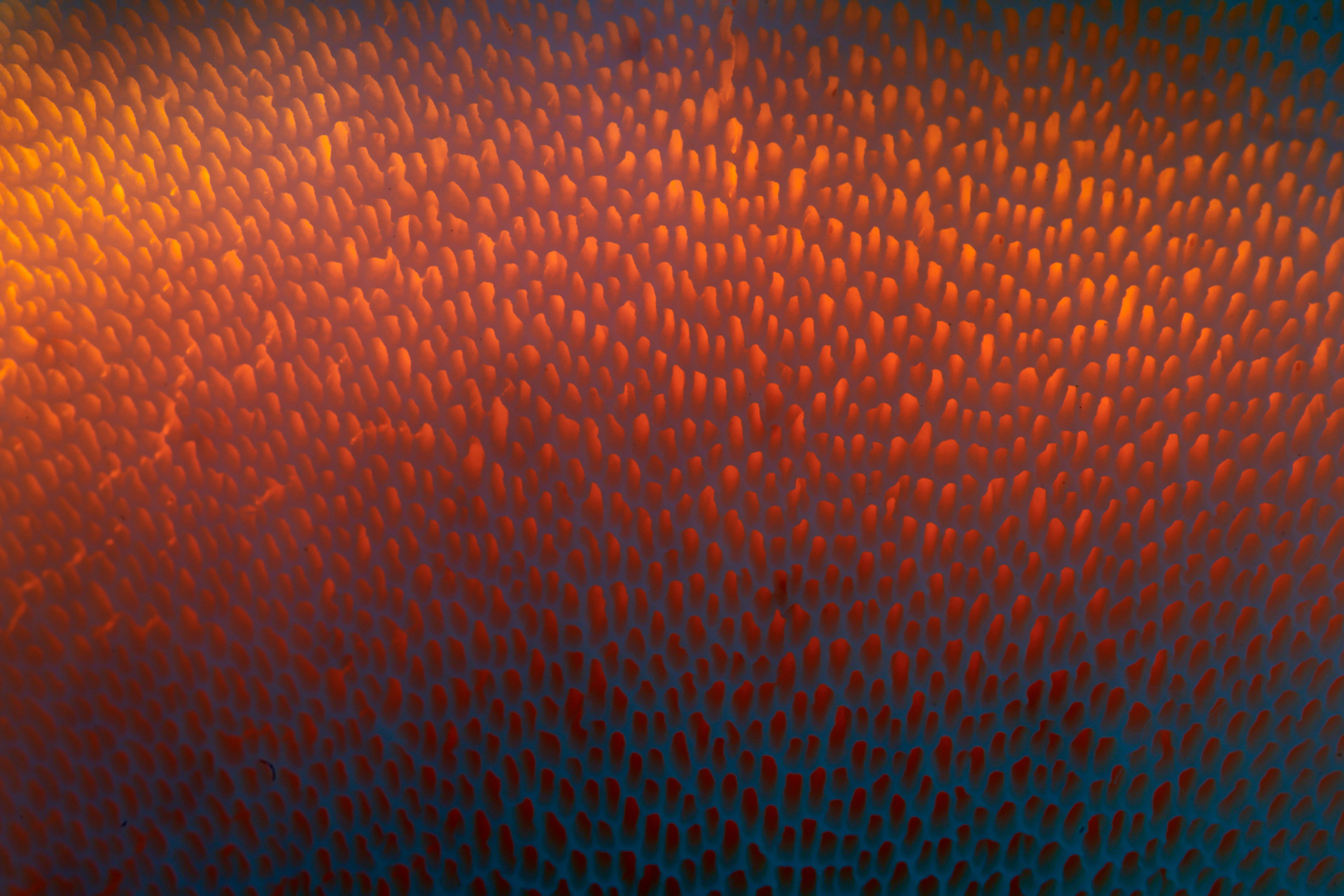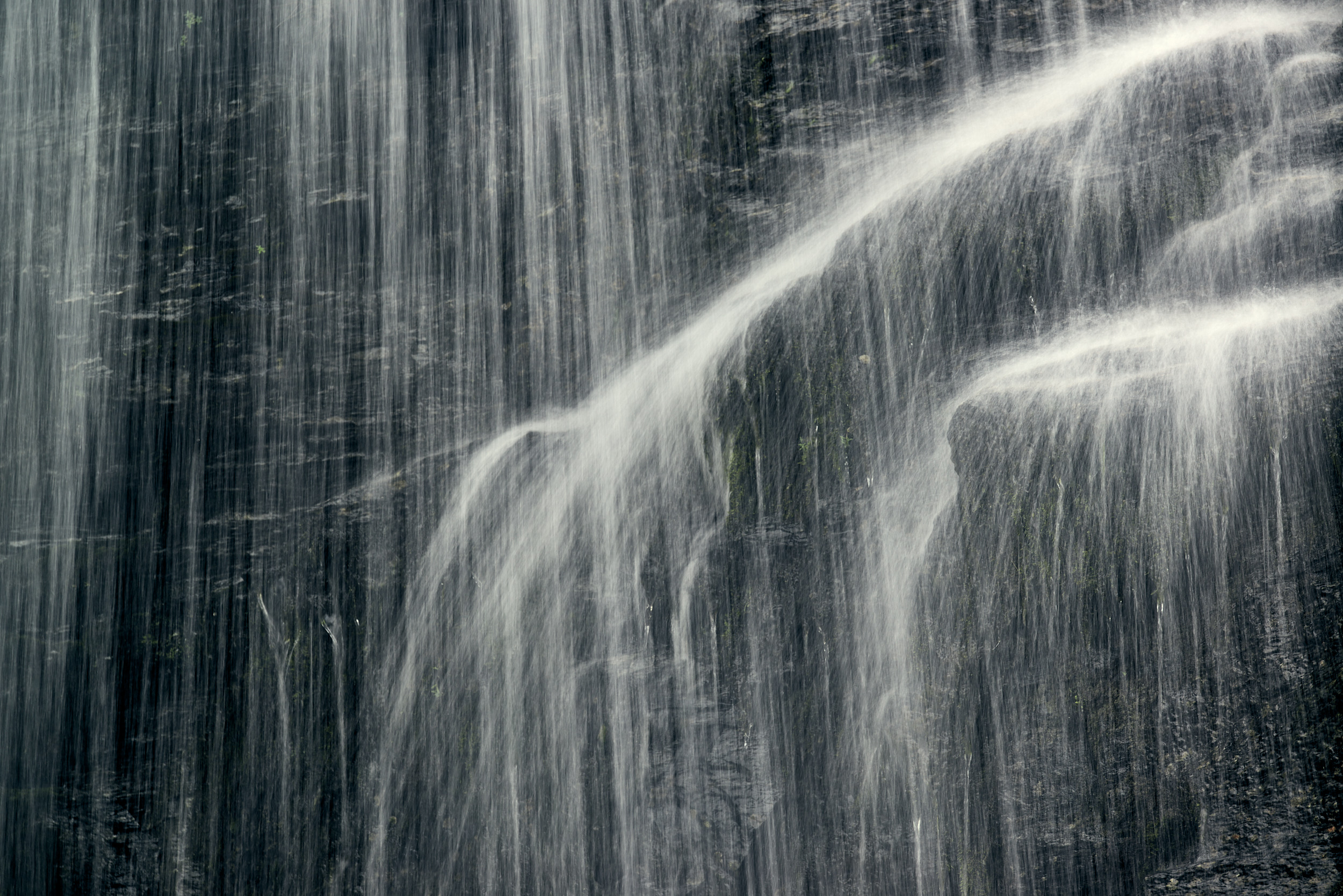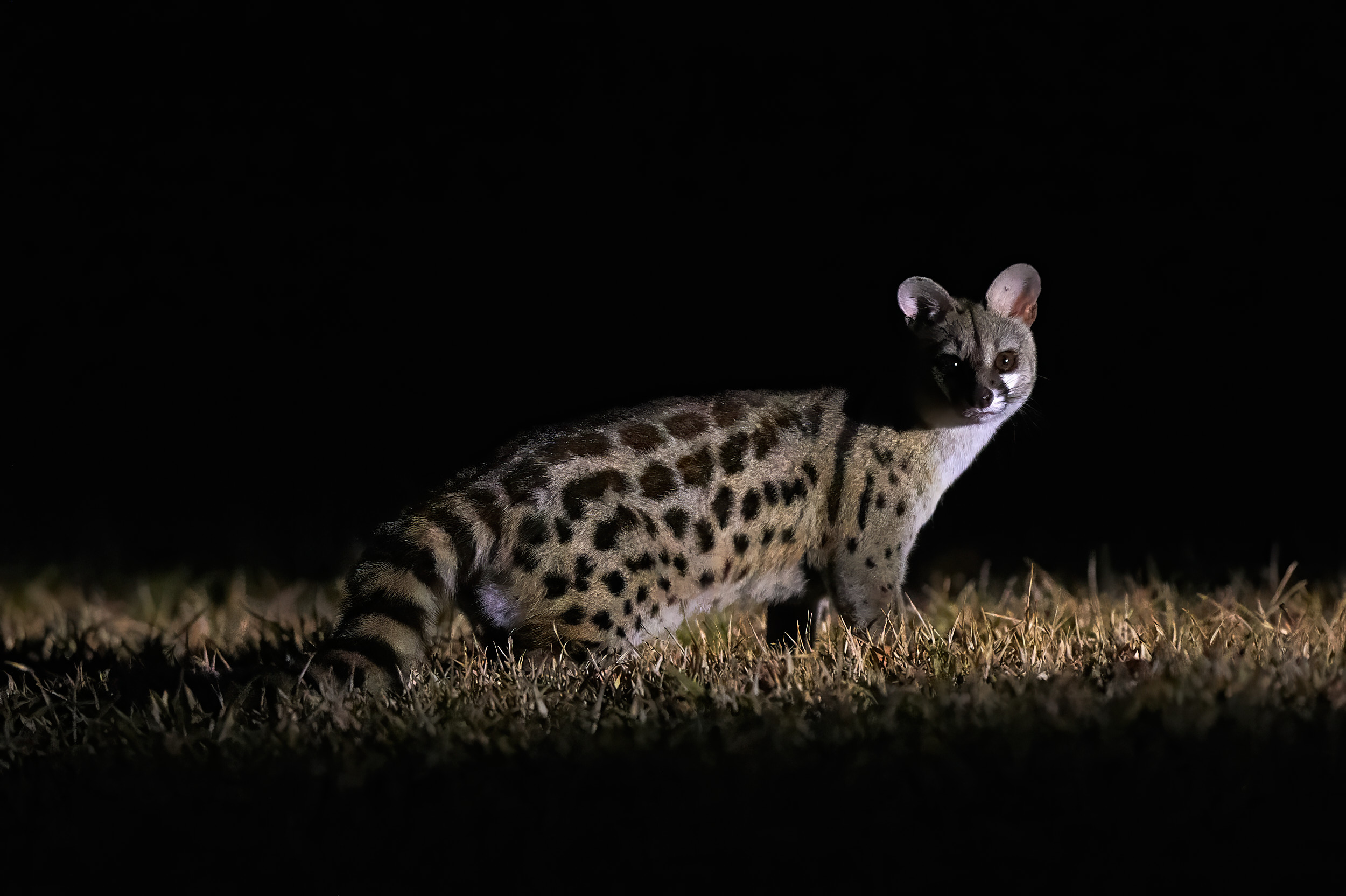At first glance, many forest floors appear quiet and inconspicuous – but if you take a closer look, you will discover real treasures: for example, the blue slug(Bielzia coerulans) and the green earthworm (Allolobophora smaragdina). These two rare soil dwellers are shining exceptions in a mostly colorless environment and fascinate with their unusual colors.
The blue nudibranch, an inhabitant of old deciduous forests, impresses with its deep blue, almost metallic shimmering body. It is mainly found in the Carpathians and Alps and is an indicator of intact, moist forest biotopes. The green earthworm, on the other hand, has an almost emerald green color – particularly striking when the light breaks through the moist forest floor. Both species are little known and easy to overlook, as they are usually well camouflaged and are often only active in damp weather.
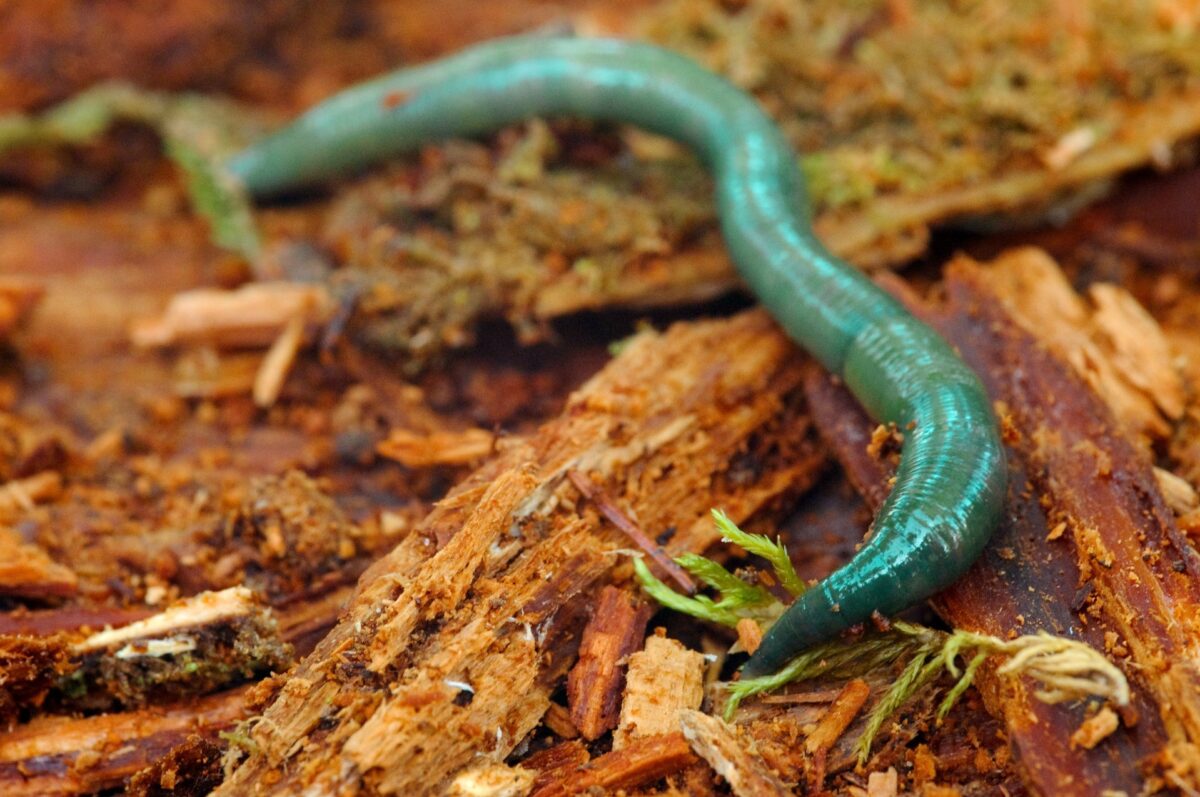
For nature photographers, this is a silent invitation: If you take your time, observe patiently and sometimes get down to eye level with the ground, you will be rewarded with unique motifs. These small creatures tell stories of diversity, retreats and hidden beauty – and remind us that spectacular nature doesn’t have to be loud to be moving.

